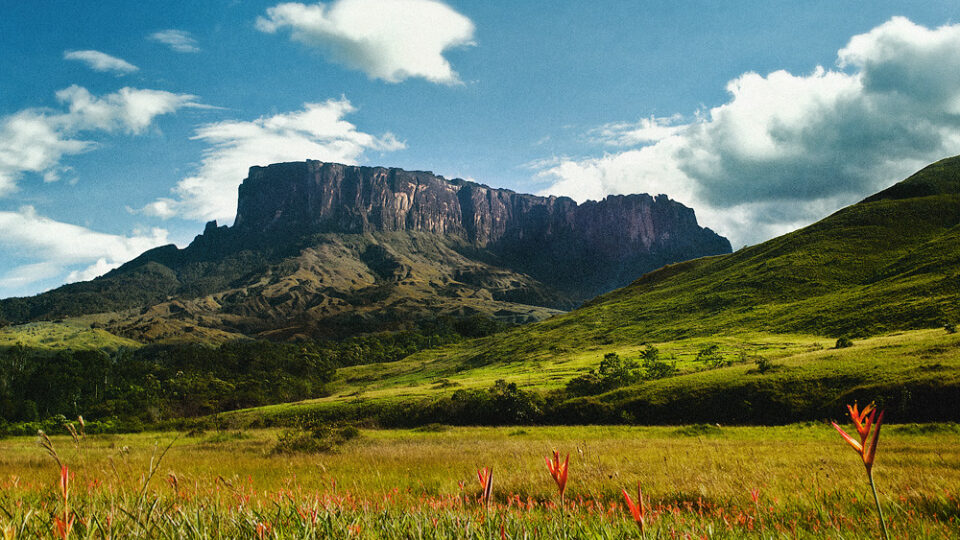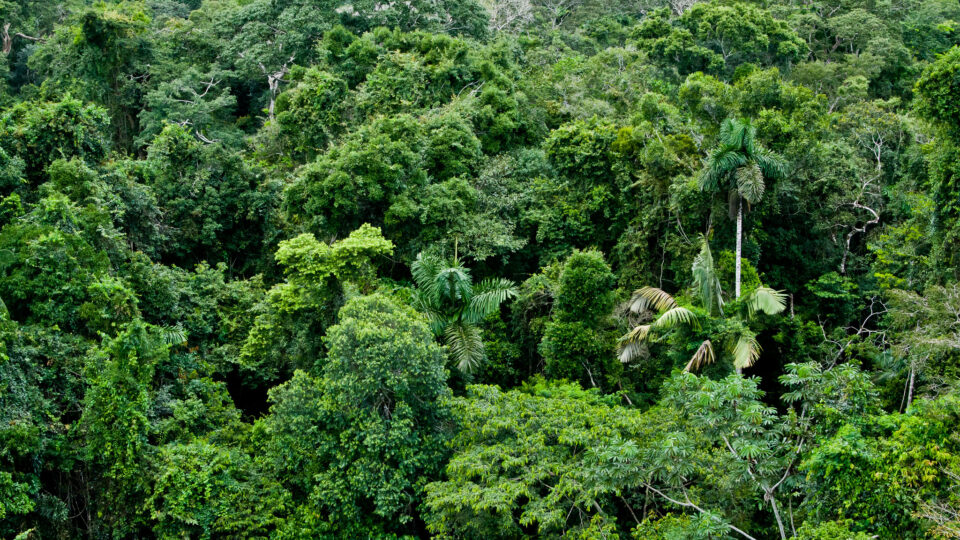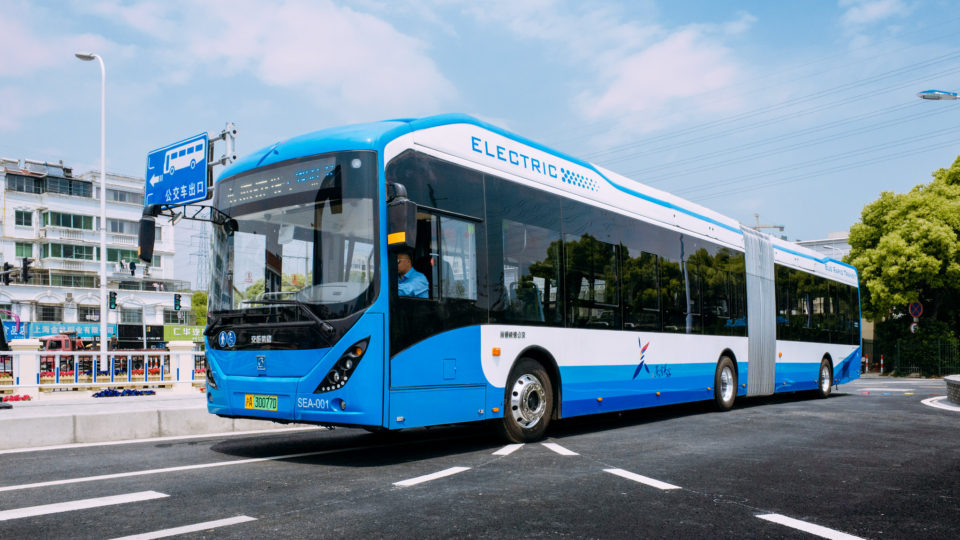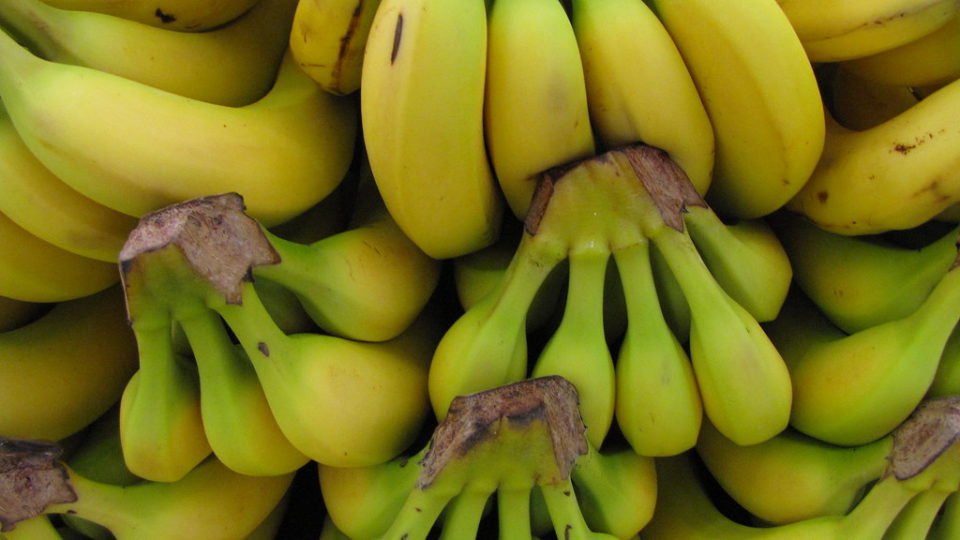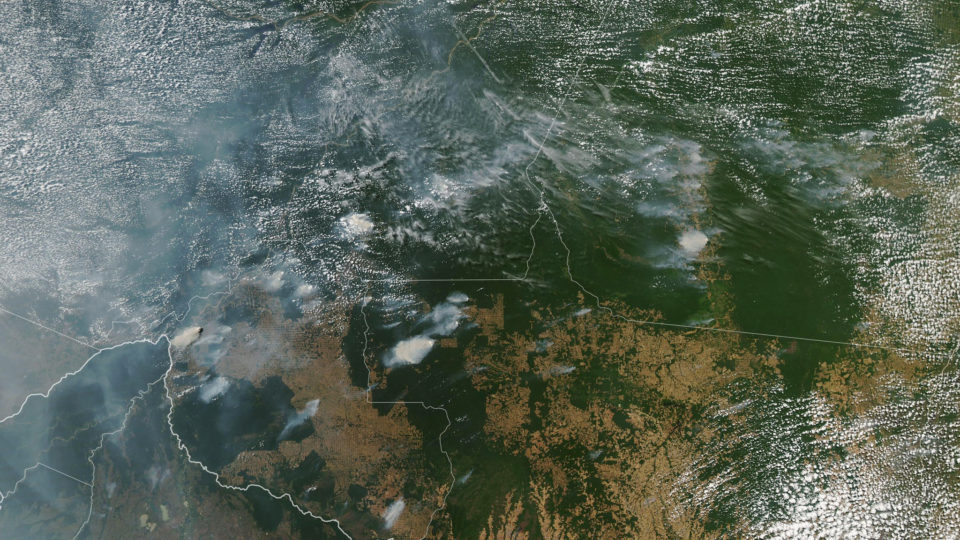There are nearly 200,000 glaciers in the world. About 91% of them are in Antarctica and 8% in Greenland. The rest are scattered across nearly 50 countries. The non-polar country with the most glaciers is actually Pakistan, which has over 7,200 of them. But as the world continues to warm, glaciers are shrinking back, and many are disappearing altogether.
Venezuela, once home to six glaciers, has become the first country in the Americas to lose all of its glaciers. Slovenia is considered to be the first country to lose its glaciers in modern times, perhaps as long as 30 years ago. Glacial thawing has been worsening over the past decade throughout the Andes, which cover parts of Colombia, Venezuela, Bolivia, Ecuador, Peru, Chile, and Argentina.
Five of Venezuela’s glaciers had largely melted away by 2011. The Humboldt glacier, which is on the highest peak in the Cordillera de Mérida mountain range in Venezuela, has now been declared as too small to be classified as a glacier. It once covered over a thousand acres; it now has less than 5 acres of ice. The US Geological Survey defines glaciers as ice bodies extending 25 acres or more.
The loss of glaciers in the Andes has serious consequences for communities that live on their slopes and depend upon glacial melt for water and for energy and food production.
At least 80% of glaciers worldwide are on track to mostly disappear by the year 2100 because of global warming. Given that previous forecasts estimated that the Humboldt glacier might last another decade, the prospects for the world’s remaining glaciers are not good.
**********
Web Links
Venezuela becomes first nation in the Americas to lose all glaciers
Photo, posted November 11, 2012, courtesy of Tim Snell via Flickr.
Earth Wise is a production of WAMC Northeast Public Radio
